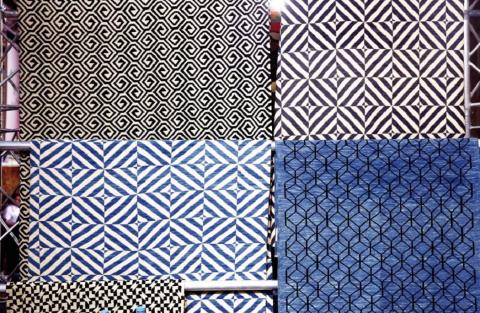Ancient Iranian rug tradition gets makeover as sales sink

Striking geometric shapes that recall 20th century abstract art are not what you would expect to see adorning a handmade Iranian rug. But changing tastes and increased competition from Asia have forced some in the trade to redesign and resize a tradition dating back more than 2,000 years.
"A revolution is underway," said Ahad Azimzadeh, 65, who calls himself "the biggest exporter of Persian carpets in the world."
Rugs traditionally woven in the Islamic republic are known for dense, curving floral designs in rich colors. Their beauty and quality have long been recognized worldwide, yet sales have collapsed over the past 30 years.
"In 1994 the value of Iranian carpets sold abroad reached $1.7 billion and represented 40 percent of our non-petroleum exports," Ahmad Karimi, chief of the Handmade Carpet Manufacturers' and Exporters' Union, told AFP.
By 2019-20 that figure had shrunk to $70 million, he said.
By another measure, in 2000 Iran represented 32 percent of global handmade carpet exports. This fell to 7.9 percent by 2019 as exports from China and India rose, Karimi said.
There was "an impact" from international sanctions that targeted Iran over its nuclear program, human rights and other issues, but he said other factors are more to blame.
"Especially by the big diversity of carpets on the market and the change in the mentality and tastes of the new generations," Karimi said.
Azimzadeh, the carpet exporter, said "the future is with modern handmade rugs."
He spoke at last week's handmade carpet exhibition in Tehran. The annual event, suspended for two years because of the coronavirus pandemic, features about 400 exhibitors from across Iran.
"The patterns of Iranian carpets are ancient but today...
- Log in to post comments









